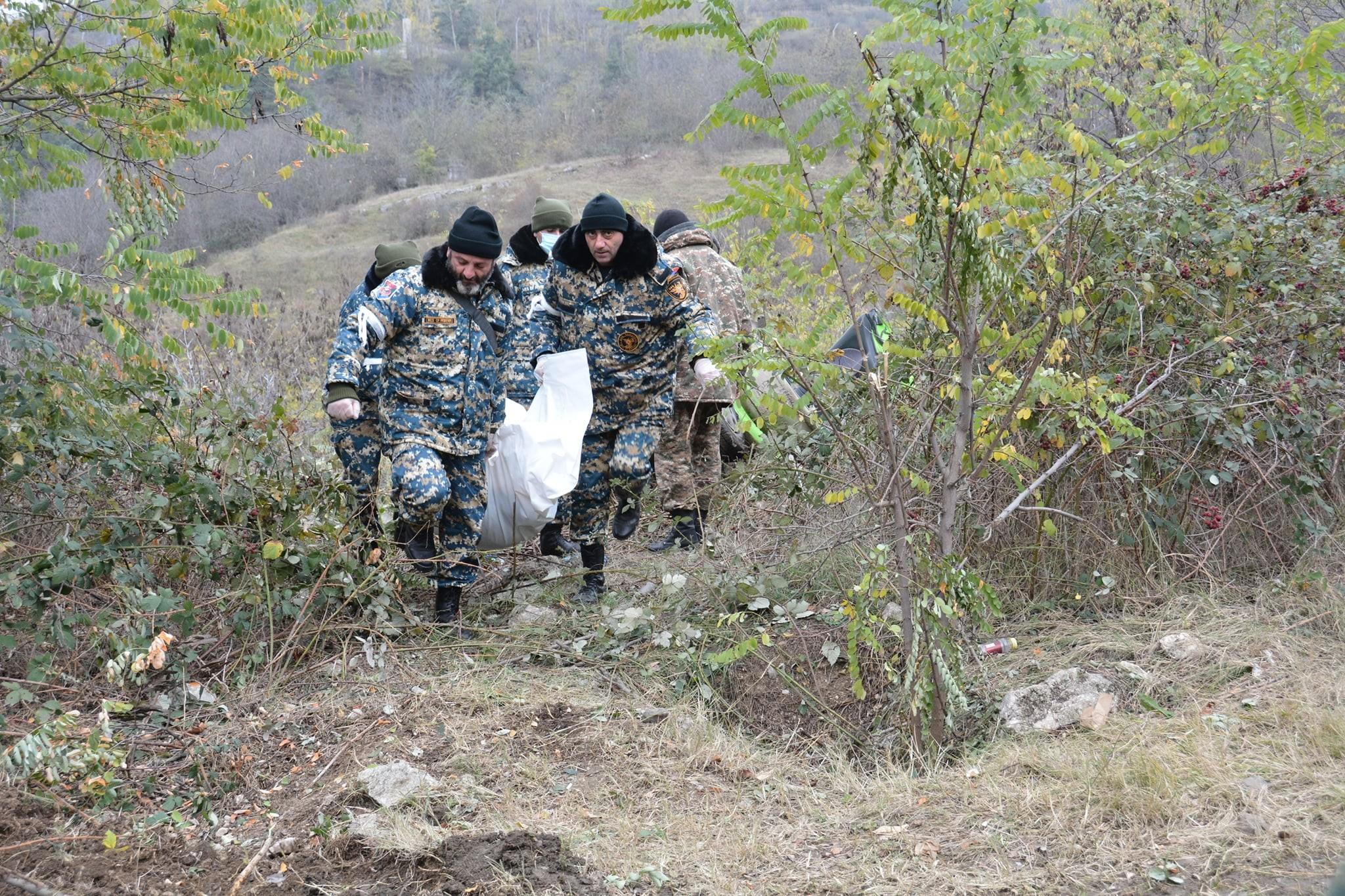
Identifying Armenia’s Slain Soldiers: What’s Holding Up DNA Testing?
It has been 40 days since the end of the war in Artsakh, but there are still Armenian soldiers, killed during the fighting whose bodies have yet to be identified.
Relatives say that DNA testing needs to be ramped up and complain that current wait times for results are too long.
DNA ID tests are carried out by the Ministry of Health’s Scientific-Practical Center of Forensic Medicine. Hetq talked to Diana Harutyunyan, a forensic genetic expert at the Center's Department of Molecular Genetics Testing about the issue.
Why the long wait for DNA ID test results on soldiers killed in the war?
The delay is due to the large volume of samples and the quality of those samples. Another factor is that only one production line exists in the center. The center is acquiring a new production line, which will soon arrive.
How many DNA ID tests are performed daily?
The number of identifications per day varies greatly. On a 24/7 basis, both blood samples obtained from parents and corpse samples of slain soldiers, mainly DNA from bone tissue, are extracted, profiled, and the received data is entered into a DNA repository for further identification.
Is your center the only one in the country performing DNA ID tests of slain soldiers?
Yes. Forensic genetic ID tests in Armenia are carried out only by the Scientific-Practical Center of Forensic Medicine.
What difficulties do you face when DNA testing slain soldiers?
The main difficulties are the number and quality of the samples we must test.
The process for conducting genetic testing has internationally accepted procedures, mandatory requirements, which, if not strictly adhered to, can have both false-positive and false-negative results.
Compliance with the requirements of this condition affects the timing of examinations. There are times when duplicate sampling is necessary. We try to have the maximum number of complete genetic characteristics in the shortest possible time, but we clearly understand that there may be samples from which it will not be possible to obtain genetic characteristics suitable for further identification.
The Applied Biosystem 3500 genetic analyzer (sequencer), a genetic analysis system satisfying international standards, was acquired in December 2018 and transferred to the Forensic Medical Center.
The device studies the short tandem segments of the human genome, which allows forensic genetic testing to be performed by establishing blood ties and obtains data in line with international standards.
It’s the only such piece of equipment in Armenia.
 Videos
Videos Photos
Photos

Write a comment